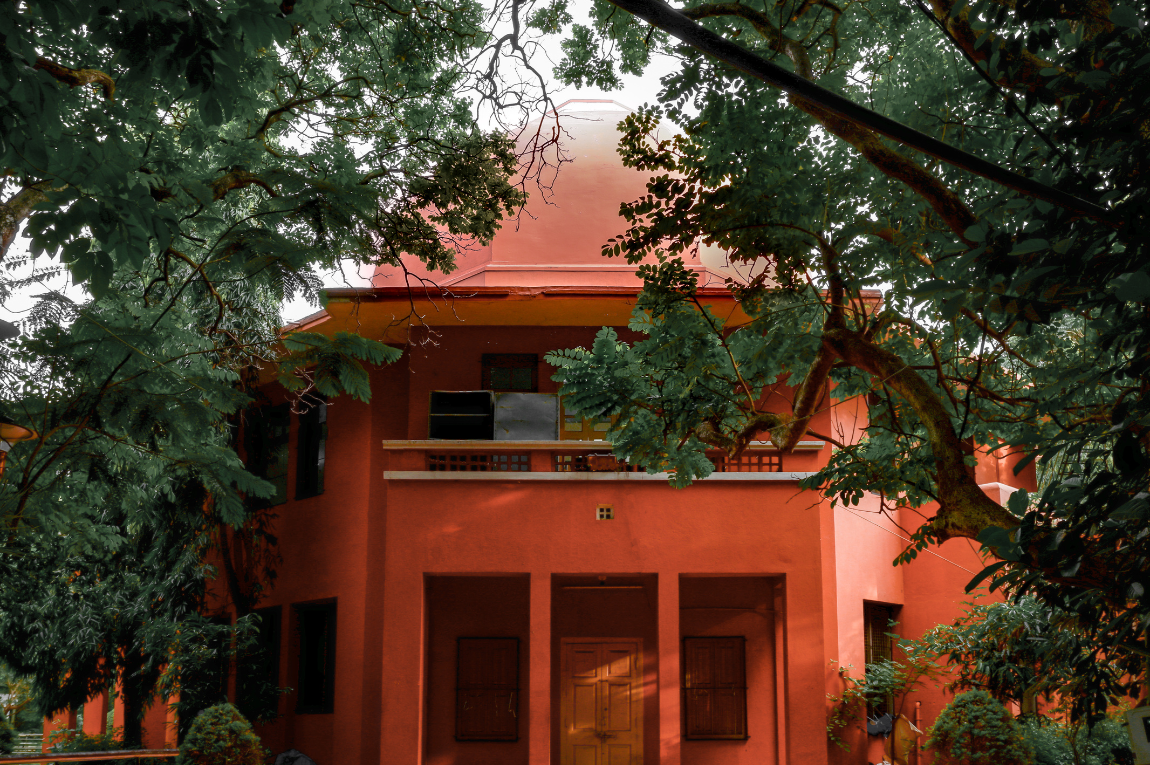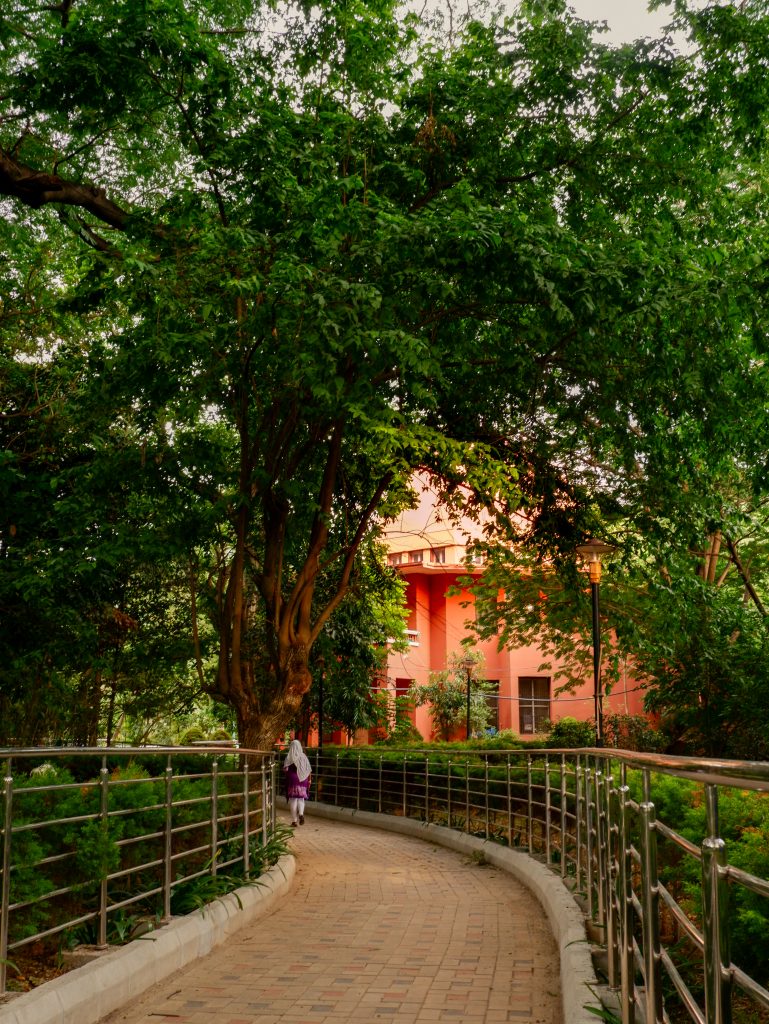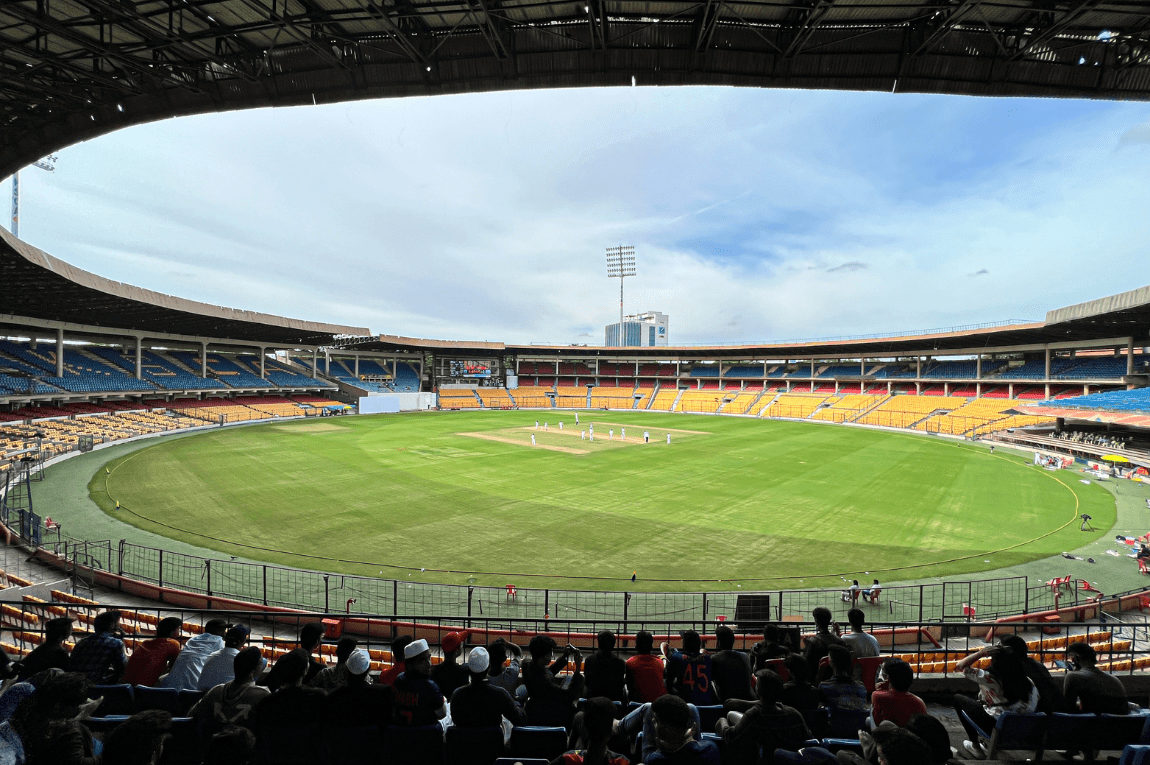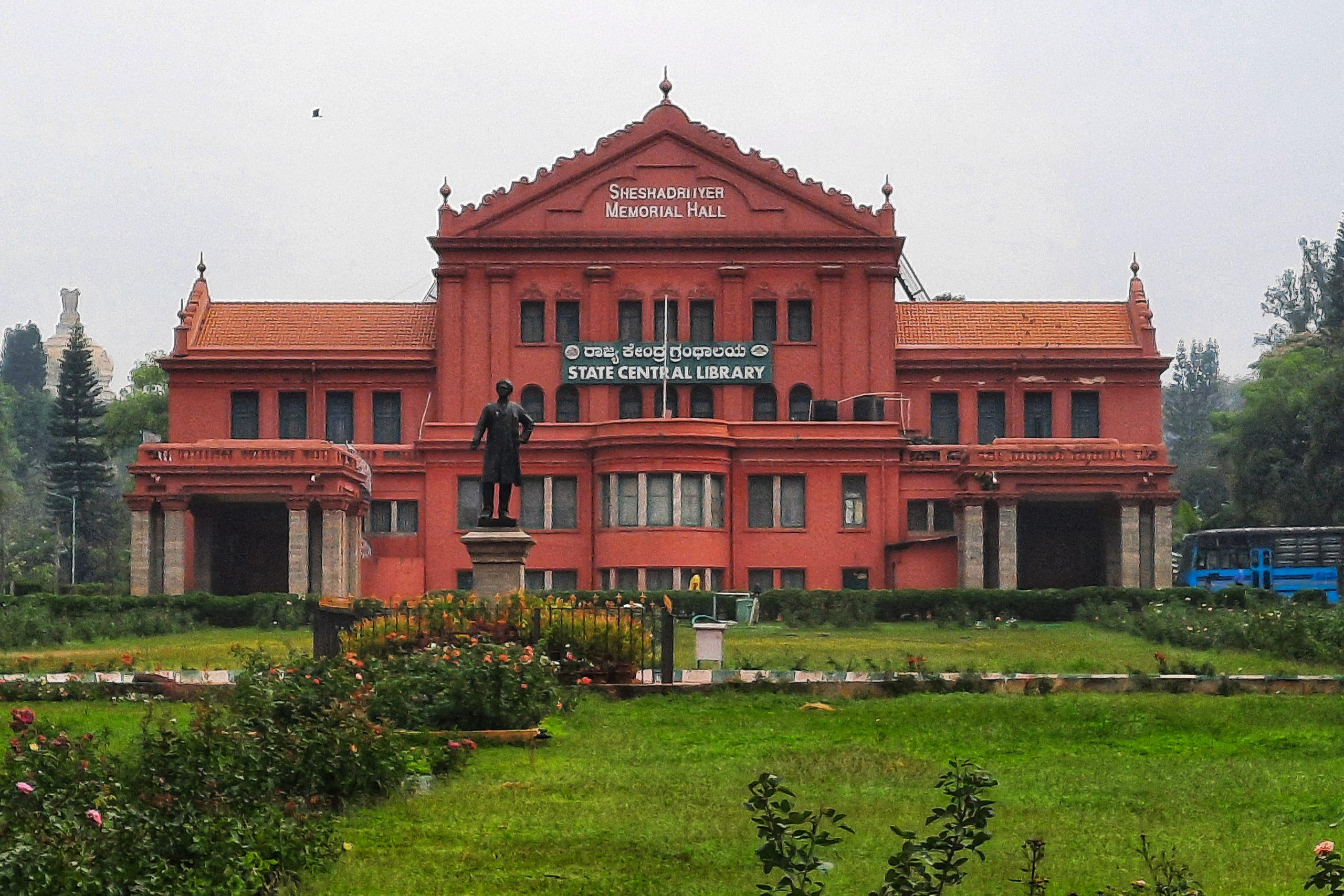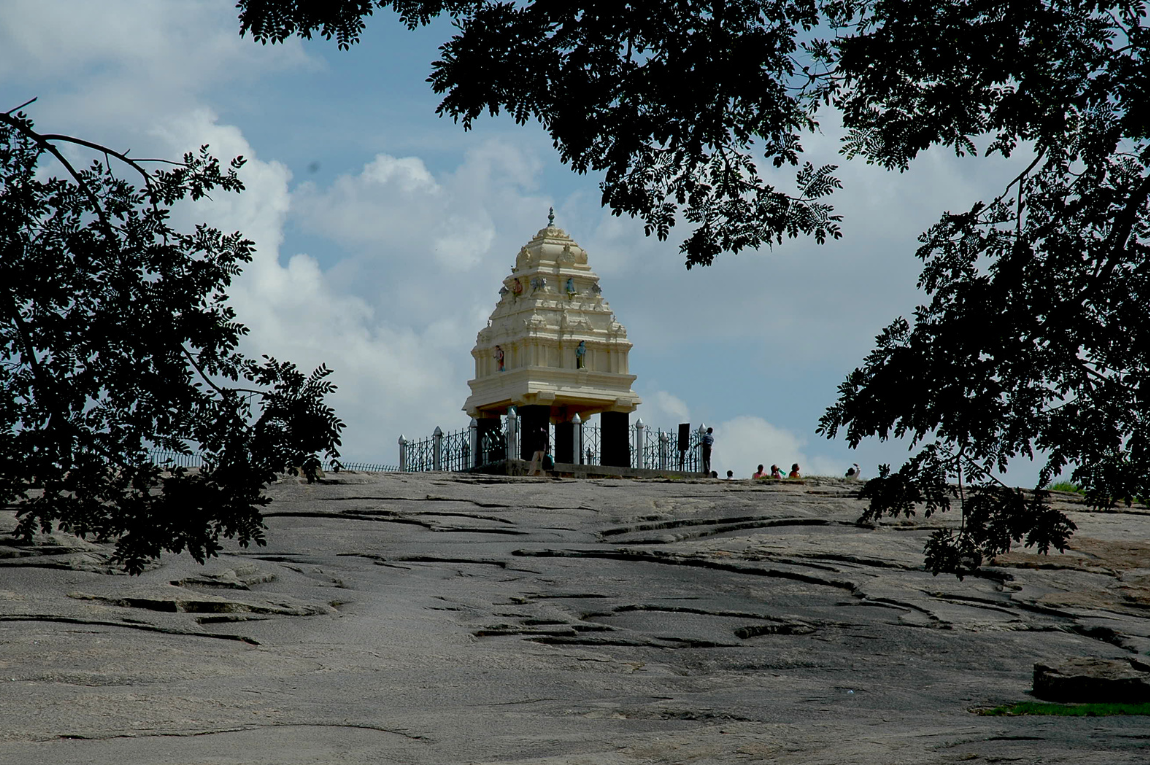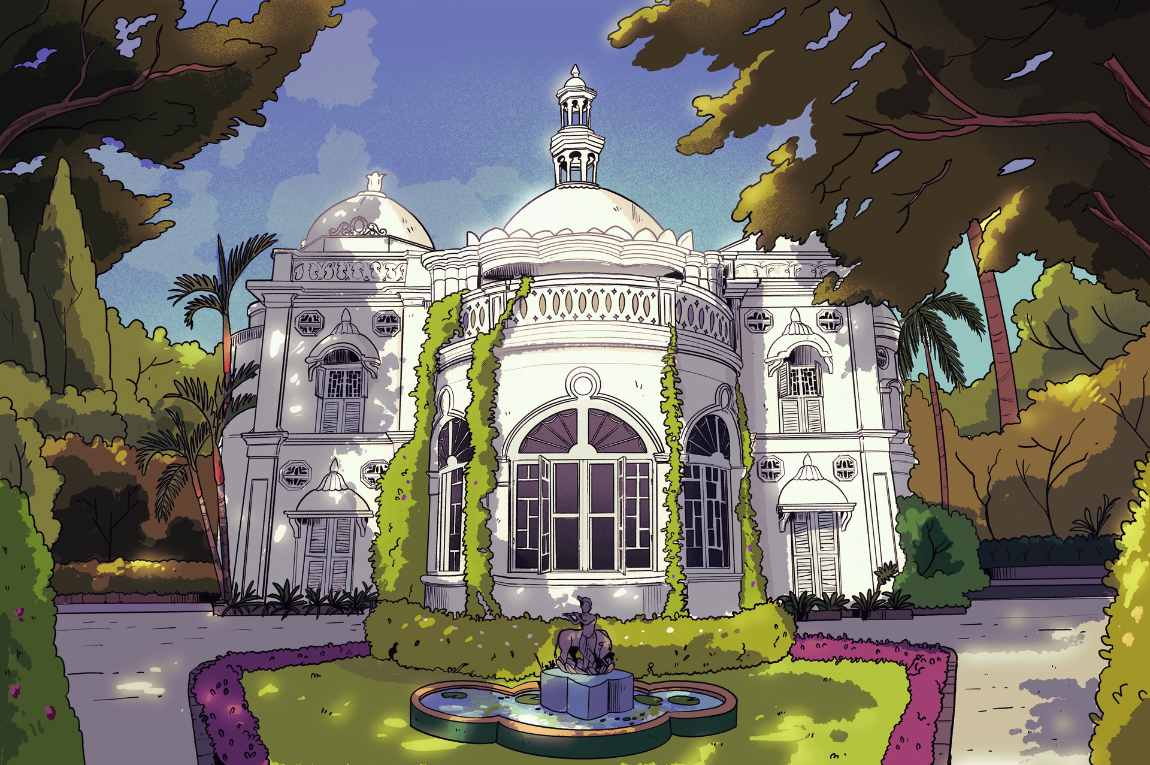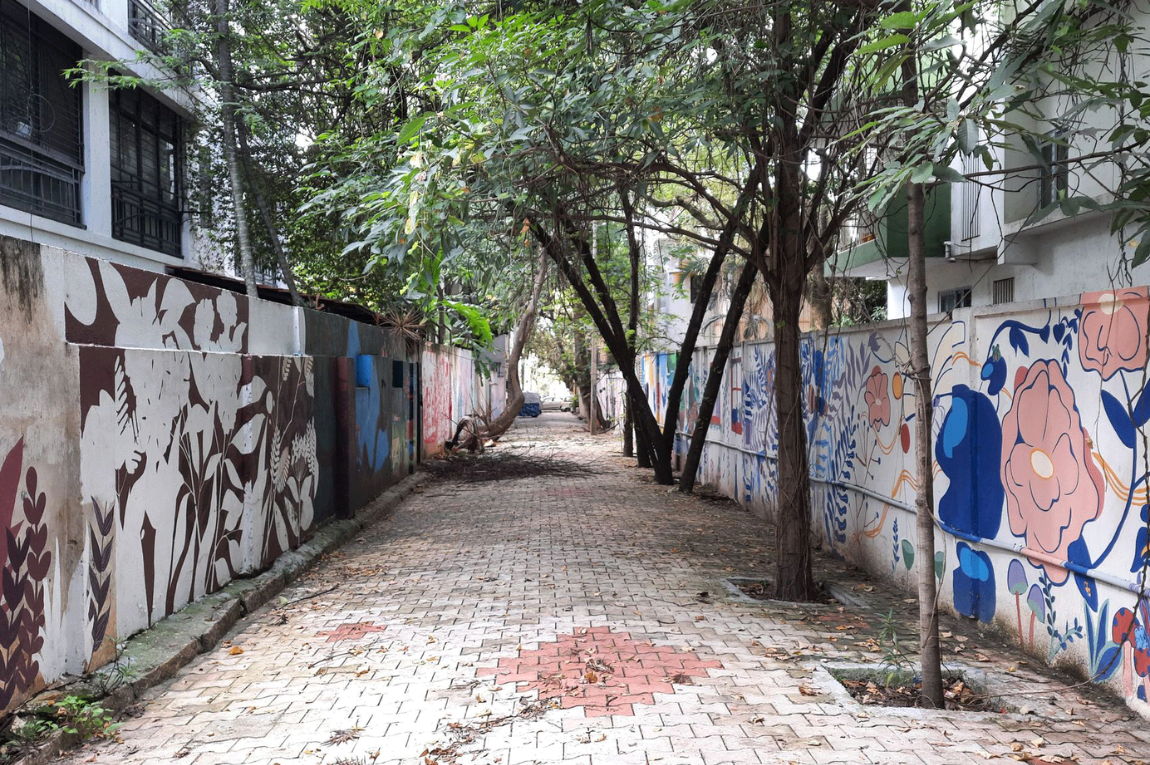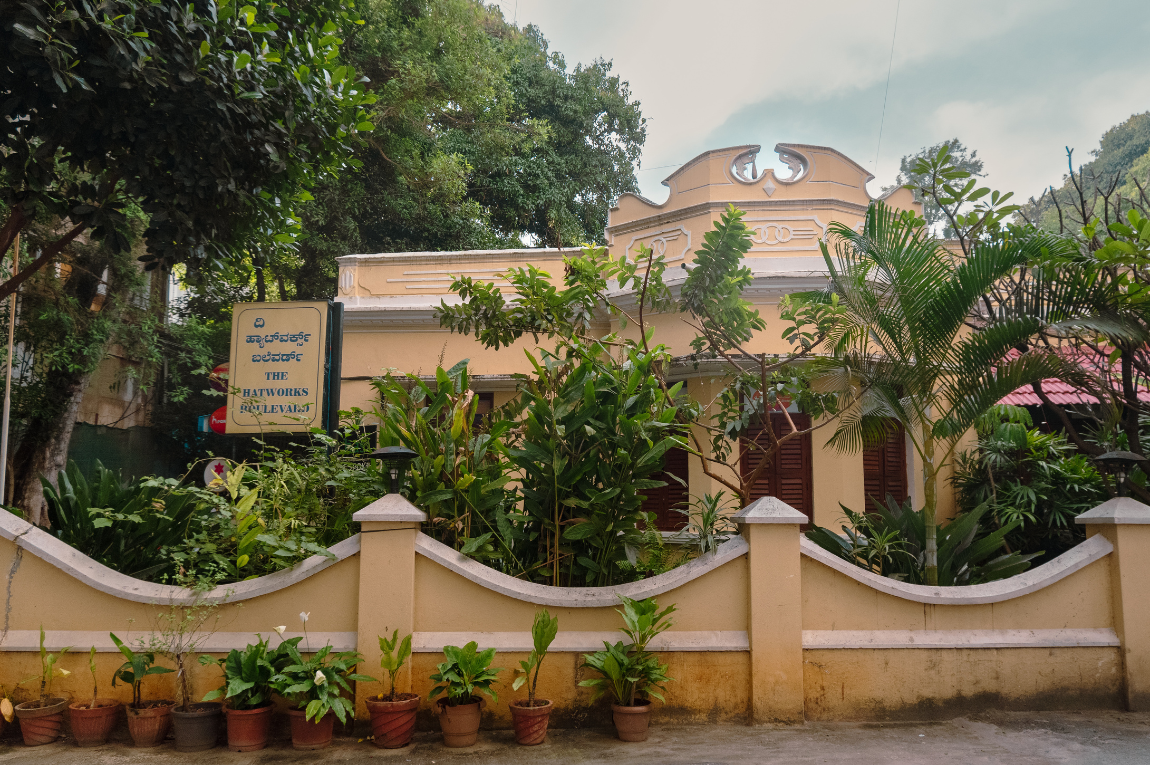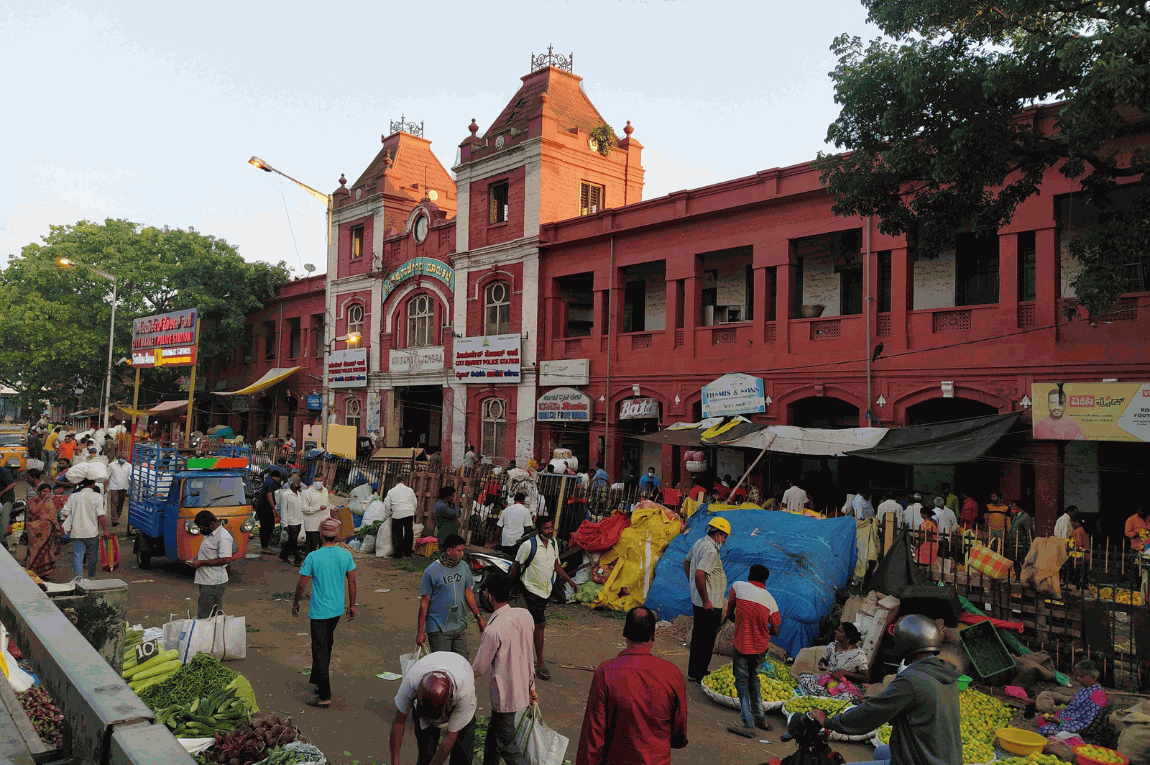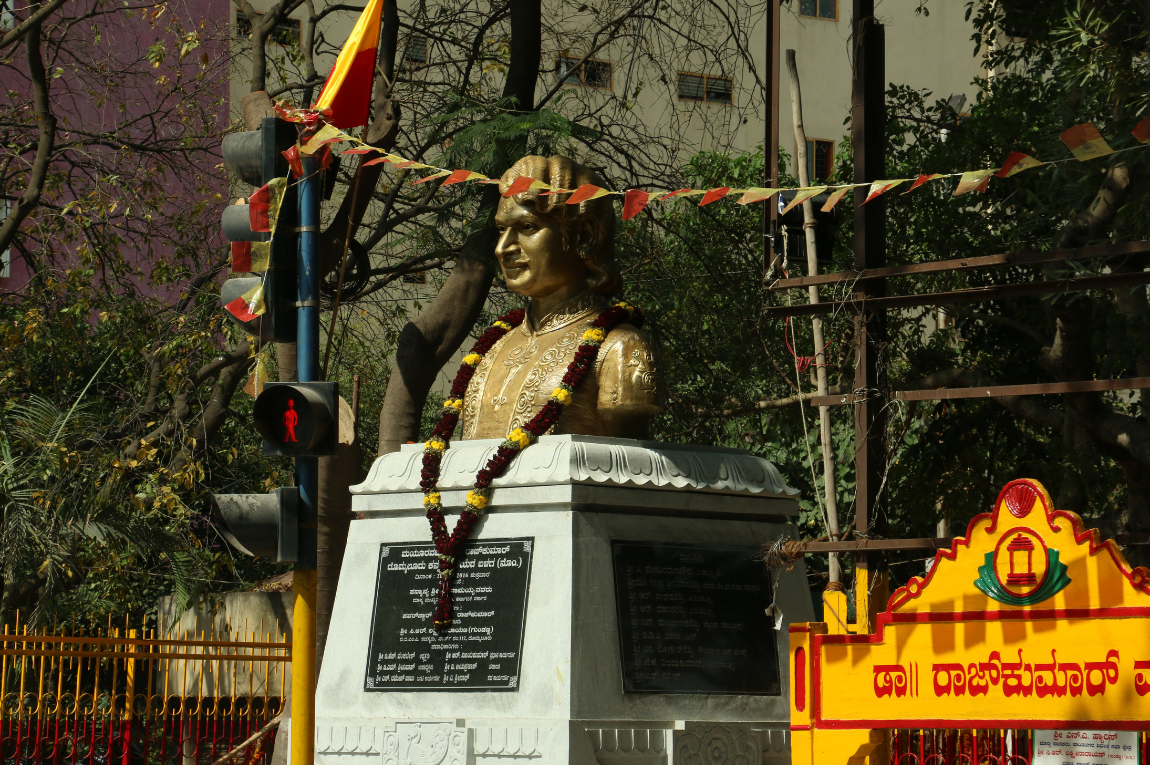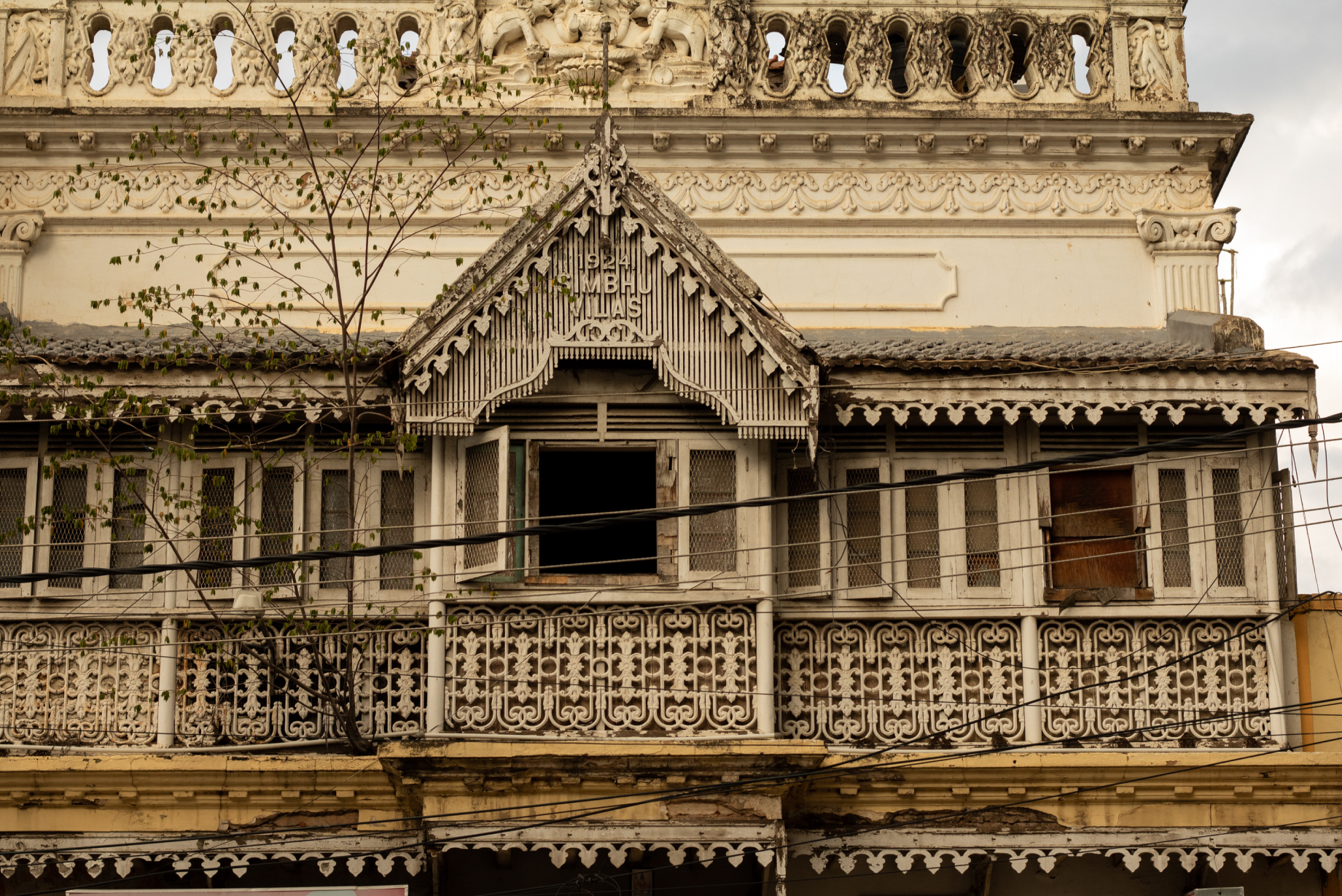In 2006, my parents set up base in South Bengaluru, a side of town that was — to ten-year-old me — antithetical to the raucous, larger-than-life Nigeria we had moved from. I quickly grew attached to the tree-lined streets and the familiar lilt of Kannada that would float past me as I walked about. It felt like being gently situated in the city of my grandmother’s stories: the stately, historical Bengaluru — nay, Bangalore — of lore. Even today, I get overwhelmed by the history that lies just beneath the surface of this frenetic, ever-expanding city. It was on one of my many walks through the older parts of town that I found myself in charming Basavanagudi.
This extension to the south of the old Pete area was laid out in the late 1890s, in response to a devastating plague that claimed thousands of lives. In a deviation from conventional neighbourhood planning lines, the area features four circles that perfectly form the vertices of a lush 22.5-acre central square: the MN Krishna Rao Park. It was named after the acting Dewan of Mysore state in 1941, who commissioned it. At the heart of the square sits a squat, domed structure: the Krishna Rao Pavilion, completed in 1941, and now a public library.
The pavilion was designed by Berlin-born Otto H. Koenigsberger. As Mysore state’s chief architect from 1939 to 1948, Koenigsberger was responsible for designing many of Bangalore’s functional buildings and public infrastructure. His buildings weren’t meant to be “spectacular works of architecture”, according to architectural historian Dr Rachel Lee, whose doctoral thesis was centred on Koenigsberger’s work in India. “He believed that architects should be modest and design buildings in harmony with the environment — but they are rationally and sensitively planned and very well-constructed,” she says in an interview with Bangalore Mirror.
Koenigsberger was commissioned to build a children- and women-only public space within the park, which fostered social interactions, education, music and art. The pavilion played host to awareness programmes and classes on nursing, hygiene and health and sanitation, which may have been to deal with the aftermath of the plague, much like how the neighbourhood itself came into being. Legend has it that Rao himself, while trying to take a shortcut to his daughter’s house, was told off from entering the park by an upstanding security guard.
The two-storey masonry building was based on an octagonal plan and features a surprising polygonal dome. This was rare in a country that favoured the bulbous or spherical domes of its stylistic predecessors. The pavilion also features porticos and winding external staircases.
Lee believes that Koenigsberger’s work for the Mysore state marks a unique moment in time when architecture straddled the statement-making desires of the state and his own contrarian aspirations for functional and climate-driven architecture. As a result, windows were laid high into the dome’s circumference, possibly to aid natural air-conditioning using a method intrinsic to tropical architecture, which Koenigsberger was a proponent of. Similarly, the chhajja protruding over them is a local architectural detail that Koenigsberger often adapted in his designs to control sunlight, protect windows from rain, and reflect glare.
The pavilion is one of the few remnants of Koenigsberger’s work in Bengaluru. In 2014, the MOD Institute estimated that around 30 buildings designed by him remained, including the Victory Hall, which still stands in Cubbon Park. Some others were demolished, either to be replaced by more modern structures or for reasons that are unclear. But if local accounts are to be believed, the pavilion has lived many lives: community space, office, gymnasium; even shelter to the Indian army in 1947. Today, it houses the silent and contemplative City Central Library, and is a retreat for many like me on a hot summer day.
Find your way to the Krishna Rao Pavilion in Bengaluru via Google Maps here.
Our selection of stays across India, best visited for their design and style. Check in
Sindhu Shivaprasad is a writer who enjoys documenting personal histories and the genius loci as essays and photographs. She is on Instagram at @sindhushivprasad.
